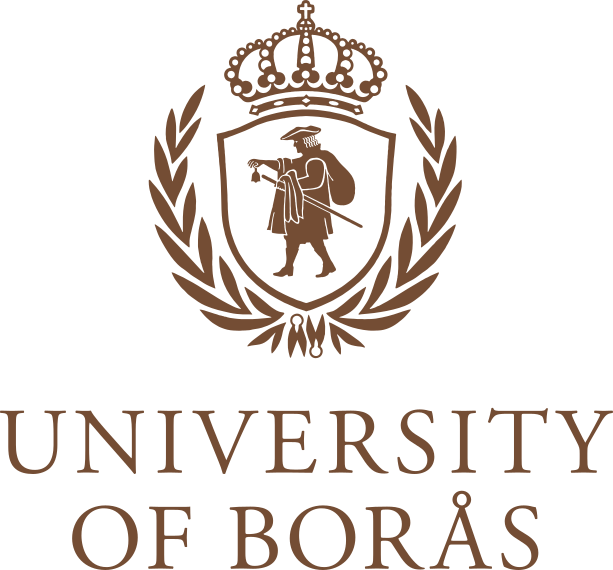Checklist for editing the website
A large part of the work with the website is about accessibility, i.e. ensuring that the information available on the website is accessible to everyone. This includes all aspects of the website and the expectation is that everyone who works with the website focuses on accessibility issues. This can mean, for example, the development of new functions, the design of texts, or the choice of images and colours.
Several of the key points below have been developed to have accessibility in focus. Examples of this are a logical heading structure, correct links, and that we always think about writing our texts in the clearest possible way.
Headings and names of webpages
- All webpages must have a Heading 1/Title.
- Heading 1/Title must match the webpage name and webpage address.
- You may not skip levels for headings.
- Headings and introductory text are only formatted with the help of the style templates (bold, italics, links and the like may not be used in, for example, headings).
Pictures
- All meaningful images must be marked with text that describes it, so-called “alt text.”
- Alt text should contain information that is necessary and used when the image cannot be displayed.
- Images may not contain text (exceptions are logos).
- Pictures should not have frames.
Recommended image format and sizes
- Images for the web must be of a compressive format (we recommend .jpg) and a maximum of 1MB in size.
- All images (except the ones in full width in top of a page and the ones in top of the start page): Ratio 16:9. At least 1440 × 810 px.
- Images in full width in top of a page: Ratio 16:5. At least 1440x450 px.
- Images in top of the start page: Ratio 18:7. Width at least 1440 px.
Links
- Links should only appear in regular text, never in introductions or headings.
- Target frame must be specified for links that open in a new window, i.e. for documents and all webpages outside hb.se.
- A link text should give visitors a description of the content of the webpage being linked to, for example "More about website guidelines on webbriktlinjer.se". Link texts such as "Read more," "Link," "Click here," or the URL itself are not sufficient descriptions.
- Links should be placed last on the webpage or last in the paragraph, never in the middle of the paragraph.
Text
- All texts must be adapted to the target audience. Target audiences can be, for example, an external person, student, or employee.
- Keep the texts short and write comprehensibly.
- The most important information should be placed first.
- Do not use underlined formatting and avoid italicised text (as italics are more difficult to read).
- Remember not to write spatial references such as "see further in the menu on the left" because different devices and browsers (for example mobile phones and aids for the visually impaired) read out the webpage in different ways.
- Always use the Notepad/Notepad button to transfer texts that originate in other programs, such as Word or PDF.
- Format lists as lists. You can choose between bulleted list or numbered list.
Generally
- Do not forget other languages. Think about whether the information is interesting for an English- or Swedish-speaking target audience, as well. If you are unsure, contact kommunikation@hb.se for help and support with translation.
- Never mix languages; consistently use Swedish on the Swedish website and English on the English website.
- Webpages that are not finished should not be published. A webpage with the text "More information is coming" is not a finished webpage.

